Mixed Forecast Ahead for CRE
Industry experts share their expectations for the next two years at ULI’s virtual fall conference.
The real estate industry has seen its ups and downs throughout 2020 as a result of the coronavirus pandemic. While some sectors have had a steady positive performance, others have struggled to keep up. CBRE’s Americas Head of Multifamily Research Jeanette Rice moderated the panel “Learning in Real Time: Experts Share Their Forecasts for Real Estate in 2020-2022,” which included insight from Heitman’s Senior Managing Director & Director of Global Investment Research Mary Ludgin, GID’s Senior Vice President, Research and Strategy Suzanne Mulvee, and BentallGreenOak’s Managing Director, Head of Research and Strategy Douglas Poutasse. The group discussed their mixed views on what challenges await the real estate industry post-pandemic, as well as the biggest impacts they have seen this year.
READ ALSO: COVID-19’s Economic Outcome: A More Active Government Role?
Rice gave an overall economic overview, which showed GDP declining by 5 percent, a slight improvement compared to the last ULI Real Estate Economic Forecast. Employment is looking at a tepid recovery, with an increase of 3.5 million jobs expected in the next two years. Unemployment will end the year at 8 percent and drop down to 6.6 percent in 2021, higher than the last survey results. Expectations of the Ten-Year will stay down in 2021.
“The biggest difference is with unemployment. If we don’t get a stimulus, unemployment improvement just stops. The original forecast was ending 2021 at 7.9 percent, but now the old forecast is off the table,” explained Poutasse.
There have been recent announcements of Fortune 500 and airline companies going through with massive layoffs. Ludgin also noted the local employment forecasts as well, which will keep the unemployment rate elevated. A large part of the unemployed workforce that has suffered is female. More women have left the workplace to take care of their kids during the pandemic, which has created a significant dent in the economy. Twenty-four percent of the workforce is 55 to 64, meaning boomers moving toward retirement, a process that’s being accelerated by these layoffs.
“If those people leave, there is a natural deflation pool on the economy and the future’s ability to grow,” said Mulvee.
Sector Outlook
Despite some setbacks, there are still parts of the industry that are performing well: Multifamily, industrial and life sciences. According to Ludgin, historic levels of supply have been delivered and are still being delivered during this time. “Massive amounts of construction is being done in places where there once were none. Maybe the cities will come back with better prices, some people are going to the suburbs but not everyone,” explained Ludgin.
Looking toward the future, there is no rent growth decline at the end of the year, according to the survey, and if we look at vacancy rates, it shows they are elevated but not too high. The ULI Forecast doesn’t have them coming down in 2021 and rent growth for the year is at -2.5 percent compared to the last recession. The report shows no rent growth for next year but an optimistic, historical average by 2022.
“I’m modestly more optimistic than what’s presented. There’s going to be a grind here and we’re going to have some rent issues. Apartments are going to have a tough couple of years because renters will have a tough couple of years,” said Poutasse.
For sectors that have faced more of a struggle, such as office and hospitality, there is still hope. Ludgin mentions that in 2021 more office tenants will shrink their space without knowing how important that square footage actually is. “Firms will let suburban and downtown leases go not knowing they’ll be back in five years,” she explained. A big selling point for office at this time is its opportunity for conversion. This can include residential, hotel or retail.
The other challenge comes with the influx of working from home. Offices are the hubs, and young people today will want to be in the office around where decisions and plans are made, noted Mulvee. Work from home has changed the need for office space and when things return back to normal there will be less of a chance that it will be for all five days, giving employees the chance for a better work-life balance. “Commuting will become less of a grind, meaning people will tolerate longer commutes,” she said.
For hospitality, occupancy rates are not expected to go back to where they were before the coronavirus hit, but are there any bright spots in the sector? What’s performing best at the moment is leisure-oriented or lower cost hotels. Worst performers are business or convention-oriented hotels, where there was a significant supply delivered before COVID-19 hit. “Leisure is leading the recovery,” said Ludgin.
Pre-pandemic, the retail market was already oversupplied and over-demolished. “We finally killed hope,” said Mulvee. There was a huge amount of oversupply and a shift to e-commerce. The process of taking out the supply was very slow, as most strip malls and empty retail locations were left standing instead of being knocked down. “Owners used to have hope that someone would take their space and preserve the value of it, but now with the effects of COVID-19, we aren’t going to see that hope anymore,” explained Mulvee. However, this will open up the potential for interior space to be redeveloped, and better located retail centers will recover faster.
There is still a role for some physical retail going forward, such as open-air regional malls and flexible retail space. Poutasse noted that unless the government gets involved, most of these empty centers will stay standing. “They are going to linger on forever except in booming areas where the government gets involved and cares to cut them down,” he said.

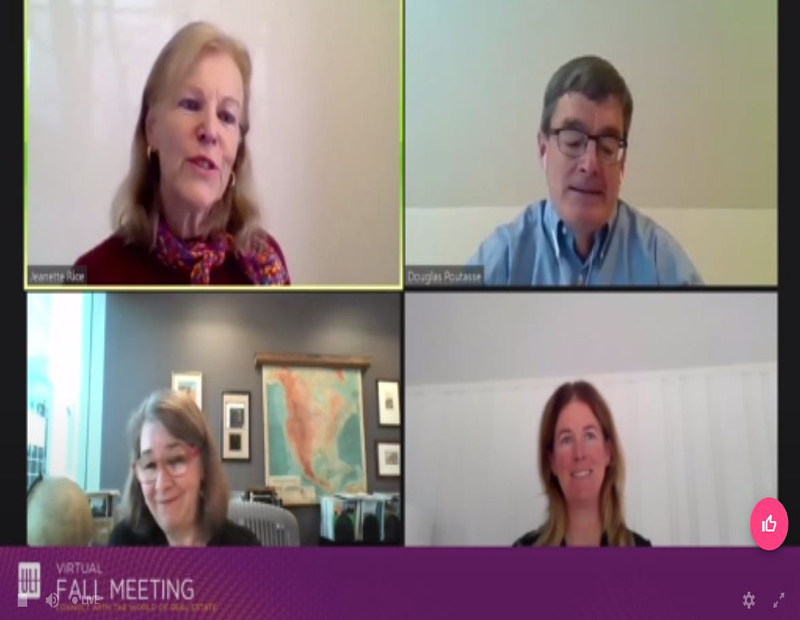
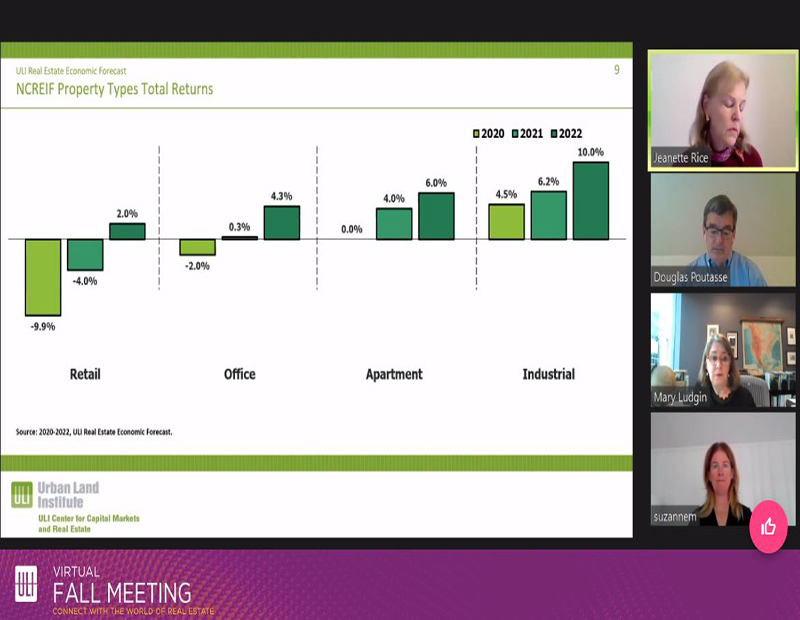
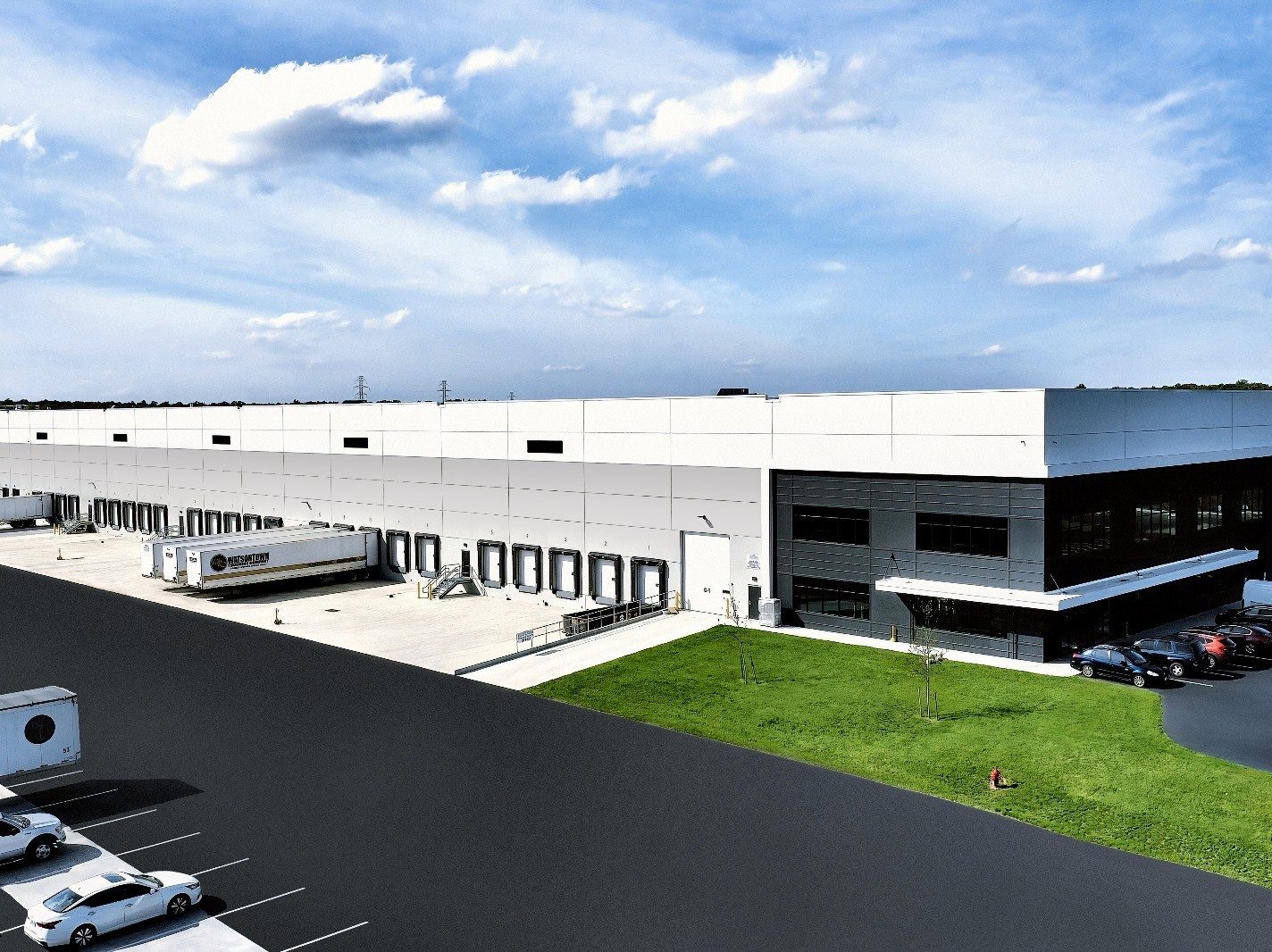
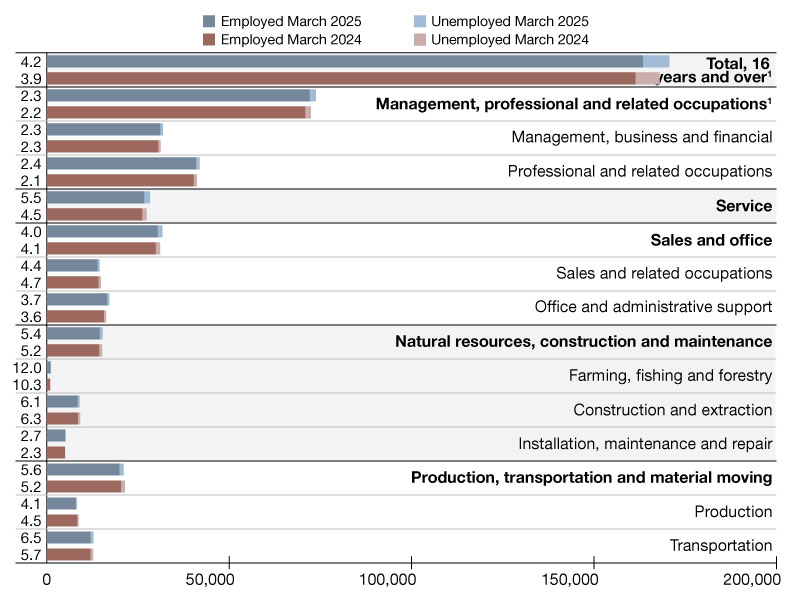
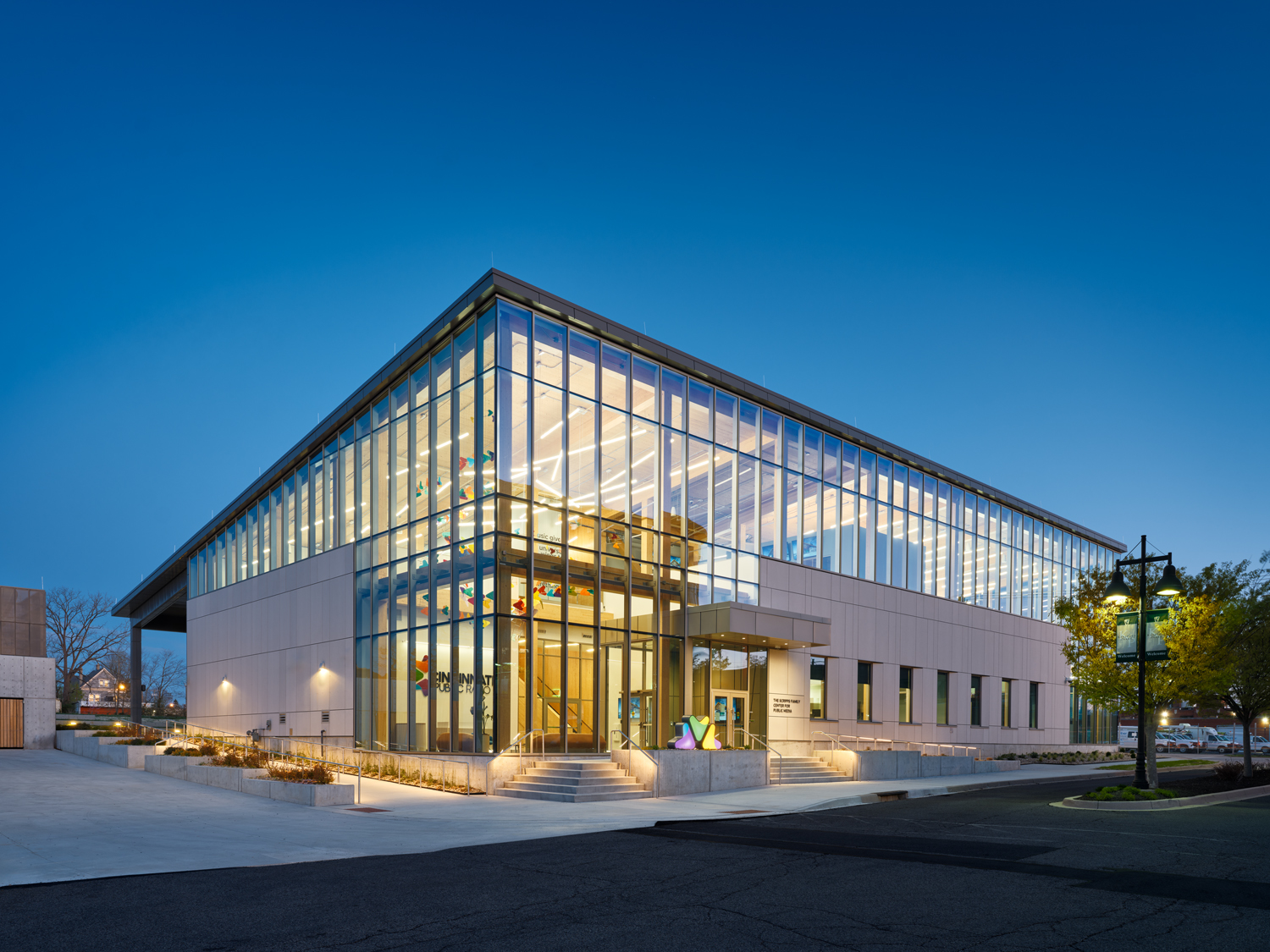
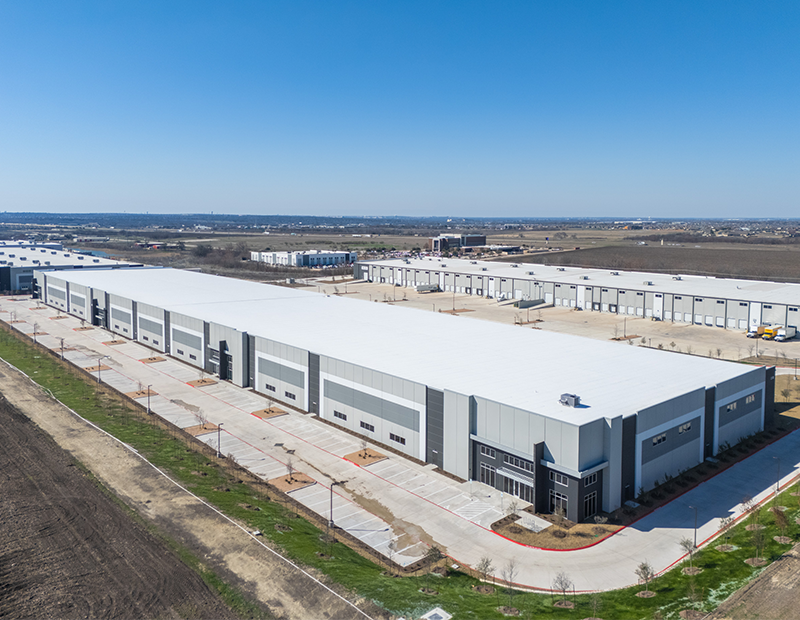
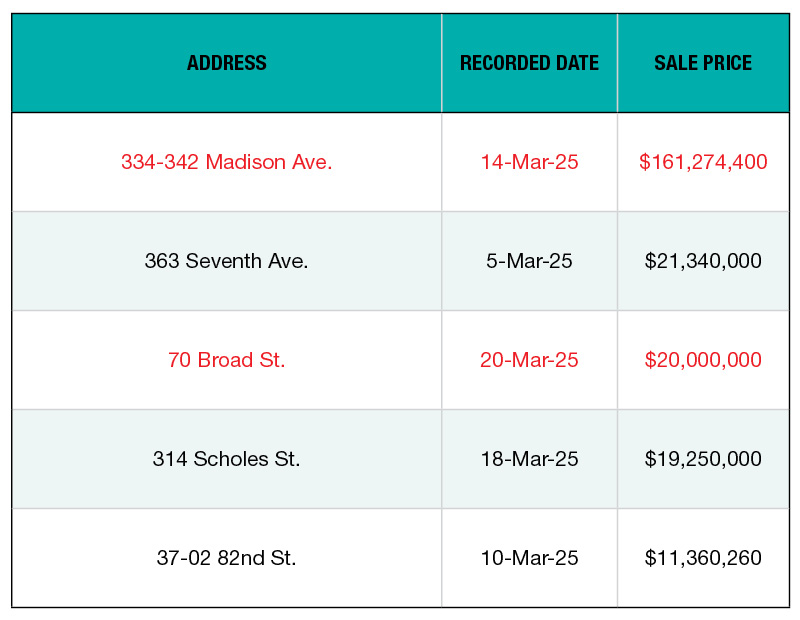
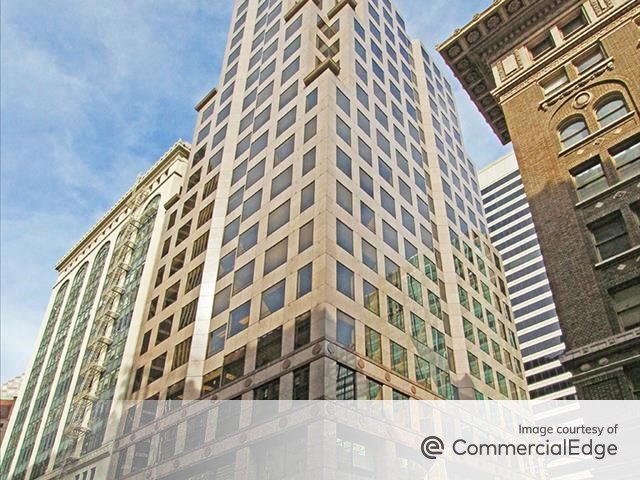
You must be logged in to post a comment.